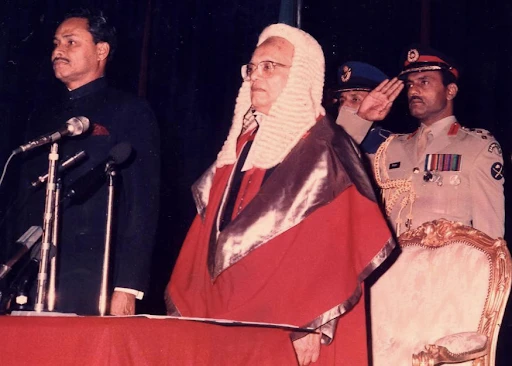Most Americans know the Gulf War for the successful rout of Iraqi forces from Kuwait, but there’s an important side…


Most Americans know the Gulf War for the successful rout of Iraqi forces from Kuwait, but there’s an important side…
In early August 1990, the president of Iraq, Saddam Hussein, ordered the invasion of Kuwait. Some of Hussein’s contentious justifications…
The First Gulf War. The Persian Gulf War. Desert Storm and Desert Shield. All of these titles and operation names…
American diplomat Stephen Thibeault watched as an airplane departed Iraq in 1990, carrying Rev. Jesse Jackson and American hostages liberated…
Joseph C. Wilson IV oversaw the closing of the U.S. Embassy in Iraq in 1991, just before U.S. and allied…
In January 2003, the U. S. Government established the Office of Reconstruction and Humanitarian Assistance (ORHA) to act as a…
Shortly after Iraq invaded Kuwait on August 2, 1990, Saddam Hussein and his Republican Guard forces took hundreds of Americans…
Evacuating American Citizens as Civil War Engulfs Freetown Mary Annette “Ann” Wright was born in Oklahoma, grew up in Arkansas, and served…
Avoiding Bloodshed With Iran In the Persian Gulf During the Iran-Iraq War in the 1980s, merchant ships became regular…
As the Cold War died down, U.S. assistance to Latin America shifted focus to a new war: the war on…
